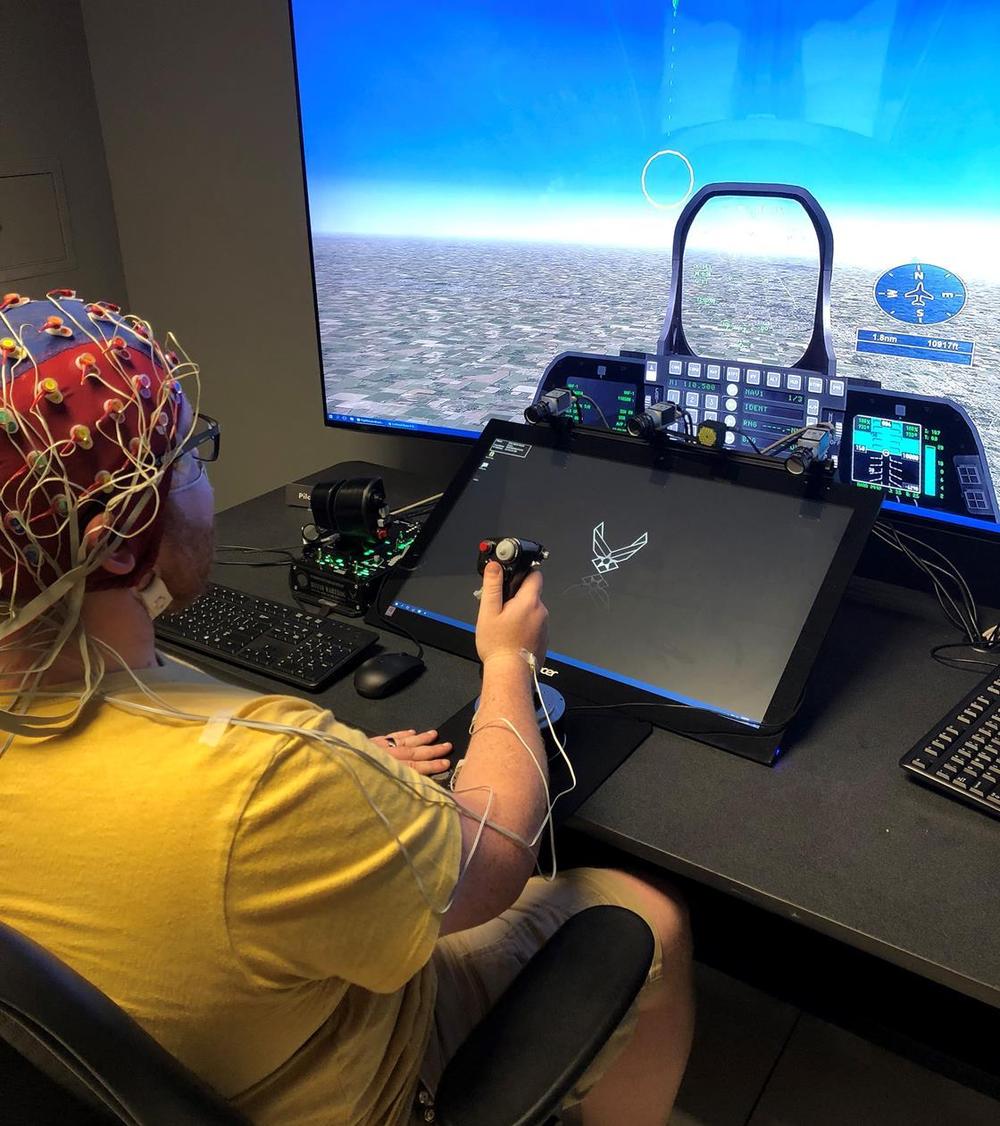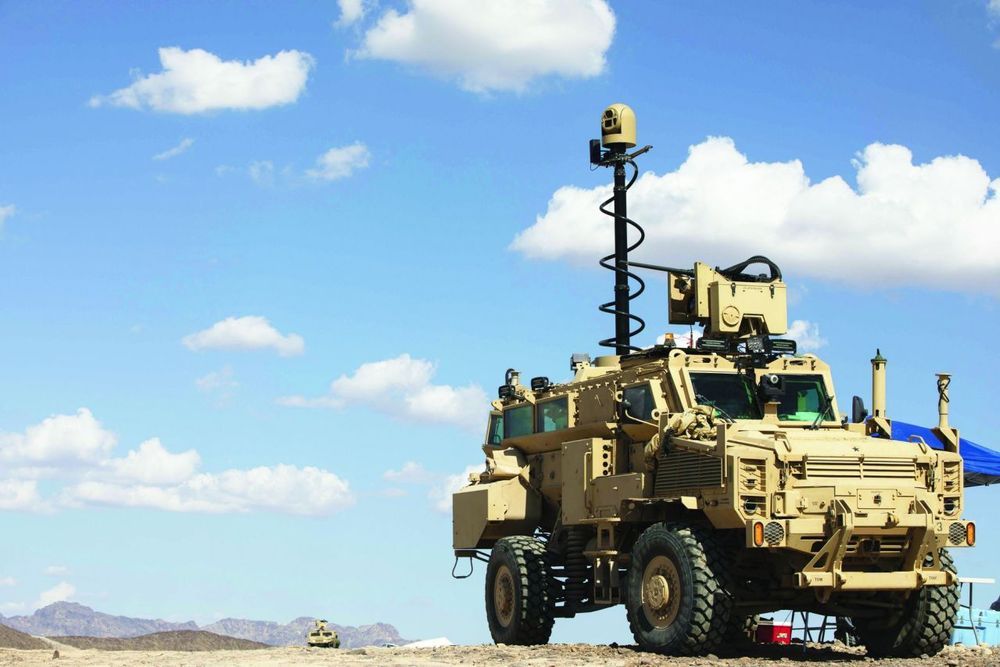Oct 12, 2020
This Flying Hypercar Is Powered By Tesla
Posted by Quinn Sena in categories: sustainability, transportation
Mankind has mastered the art of flight for well over a century, and the concept has become so normalized that we tend to take for granted this amazing accomplishment, but as advanced as modern airplanes are, we are still not much closer to developing a vehicle that can travel as well on land as it can in the air. The concept of a flying car has haunted engineers for decades, and companies such as Hyundai have dedicated some serious research and development to make this dream come true. But now an Italian upstart named Firenze has come up with a new and exciting concept that will be powered by the same electric motors that power the Tesla Model S.


















